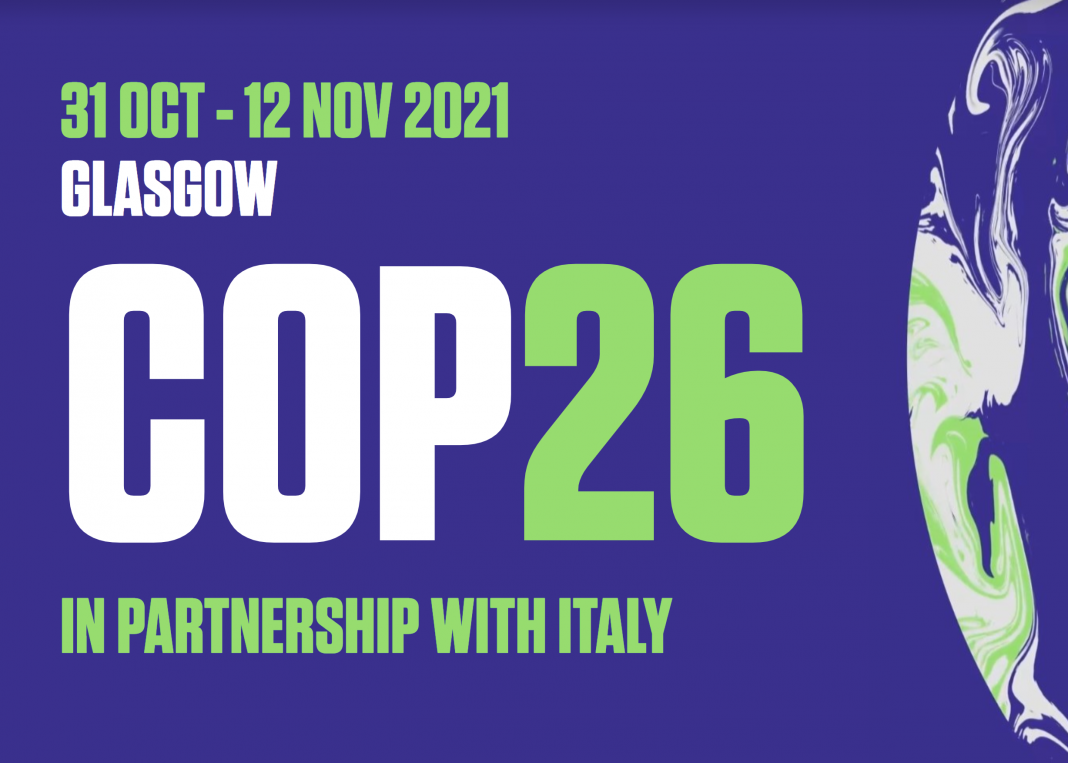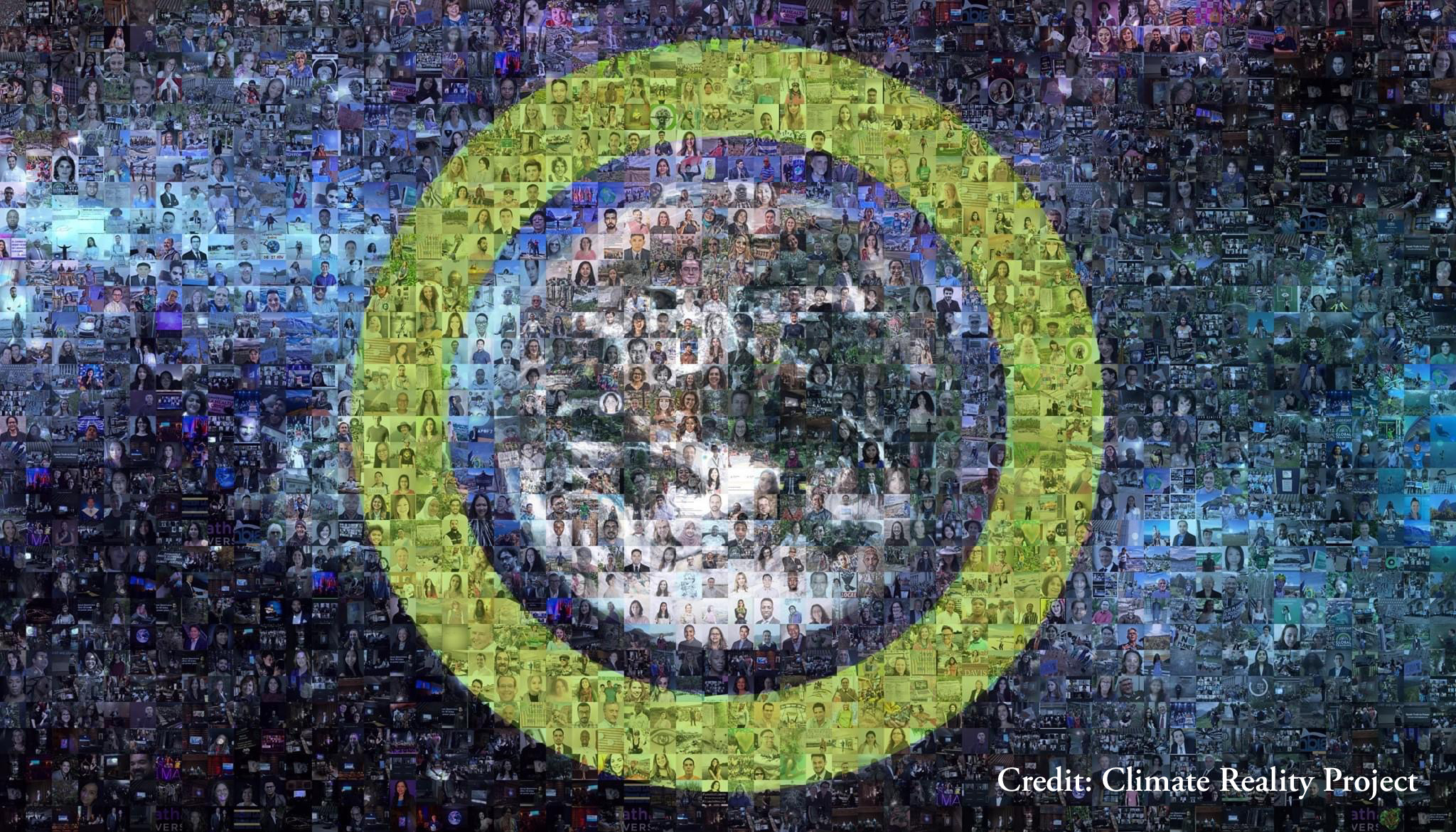After over two weeks of negotiations, presentations, talks and strikes, COP26 in Glasgow has finally come to an end. So what is COP26 and how did we get to this point? The United Nations established the UNFCCC, which stands for the United Nations Framework Convention on Climate Change, in 1992 with 197 parties involved. COP26 is the twenty sixth Conference of the Parties to facilitate intergovernmental climate change negotiations. The UNFCCC has orchestrated several major treaties including the Kyoto Protocol from 1997 and the Paris Agreement from 2015. COP26, which was hosted this year in Glasgow, Scotland has widely been regarded as the most important climate conference and gathering on the planet.
A tremendous amount of information, from delegates and representatives all over the world, has been communicated on a variety of topics involving climate change. So how do we process all of this information? Here at NSE Global, we’ve compiled a list of the top ten things you need to know that came out of COP26.
The final negotiations of COP26 came to a cumulative outcome with the implementation of the Glasgow Climate Pact by all 197 parties. The Pact has mixed feelings and criticism as to how effective it will be. The language uses vague terminology such as “net zero around mid-century,” “consider further actions to reduce,” “phasedown of unabated coal power,” and “encourages further efforts to enhance access to finance.” Other details that were included were reducing global carbon dioxide emissions by 45% by 2030 relative to the 2010 level. Also emphasizing to significantly increase the support for developing countries beyond $100 billion per year. Overall, The Glasgow Climate Pact is a step in the right direction for adaptation, mitigation, climate finance, and emissions reductions. But what good are baby steps when averting global disaster requires giant leaps?
The goal of The Global Methane Pledge is to reduce methane emissions to keep global warming to 1.5 degrees celsius. Methane is over 80 times more potent than carbon dioxide when it comes to warming the atmosphere. Over 100 countries joined the pledge which accounts for about 70% of the global economy. Philanthropies from around the world have so far committed $328 million to fund these actions. Fully delivering on this pledge would reduce global warming by at least 0.2 degrees celsius by 2050.
#8: Sustainable Agriculture and Land Use
The last day of the first week of COP26 was Nature and Land Use Day. On this day, 45 governments pledged to invest in nature and shift to sustainable farming and land use practices. Also 26 countries changed their policies to be less polluting and more sustainable.
On energy day at COP26, 39 signatories pledged to end new direct support for the international fossil fuel sector by the end of 2022. There is however a clause to deviate from this as long as it is limited, clearly defined and is still in line with 1.5 degree warming.
#6: Declaration on Forest and Land Use
The Declaration on Forest and Land Use, which was endorsed by 141 countries, committed to halting and reversing deforestation and land degradation by 2030. They agreed to promote sustainable development, production and consumption that wouldn’t drive deforestation. The endorsers account for over 90% of global forests.
#5: Global Coal to Clean Power
Over 40 countries and over 20 organizations agreed to phase out coal as a source for energy. They will do so by transitioning away from coal powered energy in the 2030’s for major economies and 2040’s globally. They would also cease permits for new coal-fired projects. Coal is considered the dirtiest of all fossil fuels. This is because when burned it releases sulfur dioxide and nitrogen oxides that can cause acid rain.
The nonprofit Global Witness reported that there were 503 fossil fuel lobbyists attending COP26. This was larger than any other single country’s delegation. There were around twice as many fossil fuel lobbyists as there were UNFCCC official indigenous constituents. This saturation of fossil fuel lobbyists at a climate change conference proves how insidious the industry is and what lengths they will go to in continuing their polluting operations.
On November 1, the President of Ecuador, Guillermo Lasso, announced that it will expand the Galapagos Marine Reserve an additional 60,000 km². This new protected area includes a vital migration route known as the Cocos-Galapagos Swimway. The following day Colombia, Costa Rica, Panama and Ecuador came together to join their MPA’s to sign a declaration to create a large marine corridor known as the Eastern Tropical Pacific Marine Corridor. This declaration is critical to biodiversity and achieving the goal of protecting 30% of marine lands by 2030.
#2: Beyond Oil and Gas Alliance
The Beyond Oil and Gas Alliance (BOGA) is co-chaired by the governments of Denmark and Costa Rica and has eight core members, three associate members, and one friend of BOGA. This coalition was created to completely phase out the production of oil and gas and move forward towards a fossil-free future in line with the Paris Agreement. At the launch, Dan Jorgensen, Denmark’s Minister for Climate, Energy, and Utilities stated “Our goal is not small, our ambition is not modest. We hope that today will mark the beginning of the end of oil and gas.”
#1: 100,000 climate strike protesters
We saved the best for last. It’s estimated that over 100,000 climate activists took to the streets in Glasgow throughout the duration of COP26. Among them were environmental groups, indigenous leaders, and of course prominent youth leaders like Vanessa Nakate and Greta Thunberg. These activists overcame terrible weather, long travels, and logistical nightmares to show their emphatic support for doing whatever it takes to protect the planet and stop climate change. It’s going to take massive, collaborative support from all corners of the globe to turn the planet’s current trajectory around. For everyone in Glasgow or the rest of the world who showed their support, especially over the past two weeks, we thank you! Keep fighting the good fight.






